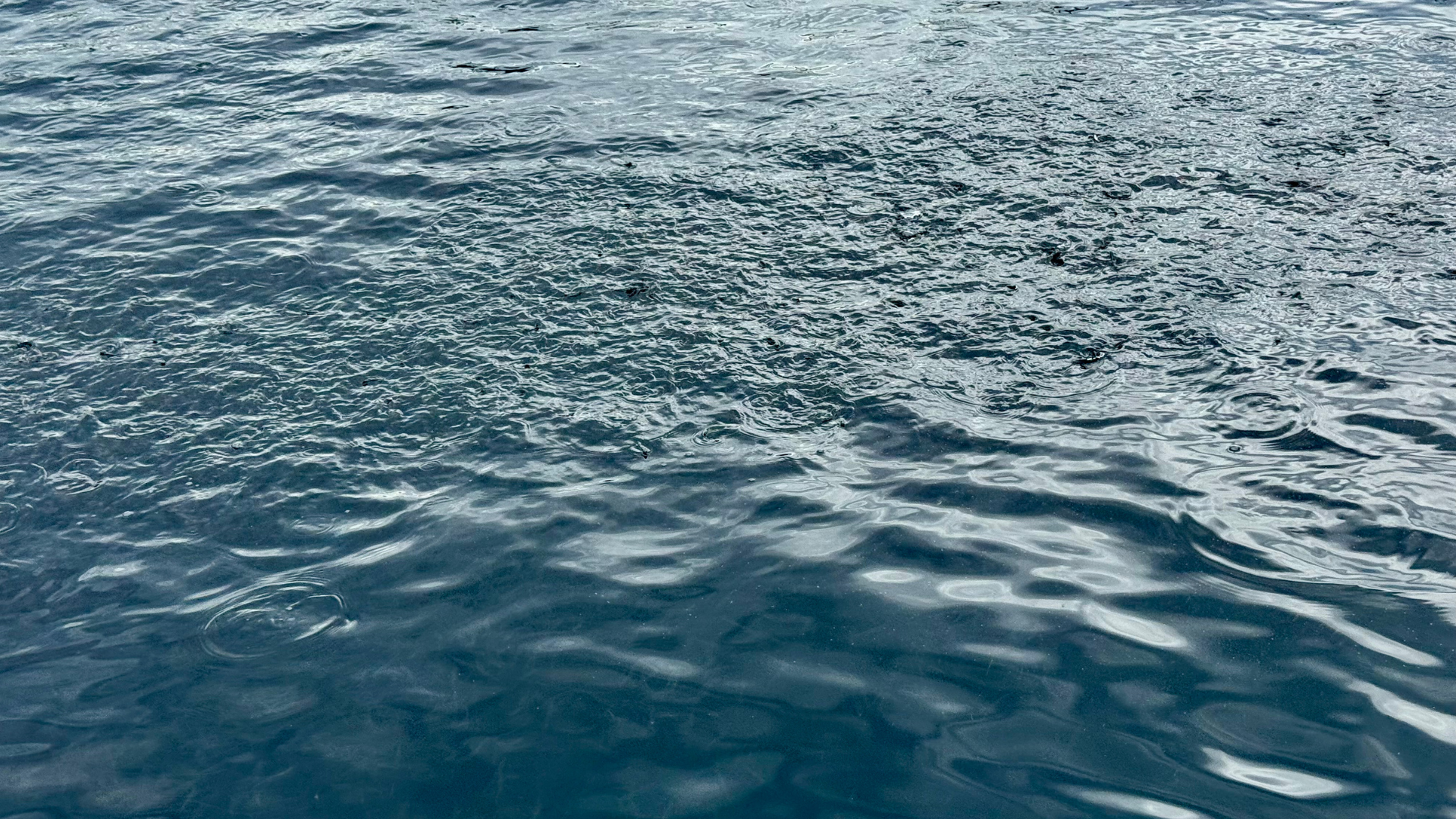
ʼNa̱mǥis Raises Concern
Over Sea Lice Threat Near Wild Salmon Migratory Route


July 29, 2025
In July 2025, ʼNa̱mǥis First Nation Council submitted a formal letter to Fisheries and Oceans Canada (DFO) raising concerns about a serious sea lice outbreak at a salmon farm near Esperanza Inlet, operated by Grieg Seafood.
Although the farm is outside ʼNa̱mǥis Territory, Grieg operates other farms near our waters — and wild salmon migrating through the area may have been exposed to parasites. Sea lice can severely harm juvenile wild salmon and impact their survival.
Councillor Robert Mountain, one of our Aquaculture portfolio holders, shared the following:
“At our food fishery, all sockeye salmon had 20–30 adult sea lice on them — some with egg strings too. These are serious signs of exposure. This is a little info everyone needs to know.”
He also identified several salmon farms located near Port Hardy and along the Nimpkish River wild salmon migratory route, including:
- Ghi Ya
- Wanx Talis
- Duncan Island
- Bell Island
- Doyle Island
- Shelter Pass
- Raynor
- Marsh Bay
- Robertson
- Shelter Bay
…as well as three farms in Clio Channel: Noo‑la, Tsa‑ya, and Wa‑kwa.
“What are the recent sea lice counts on all of these farms? These are critical questions to ensure our wild salmon are protected.”
— Robert Mountain
Council is now requesting updated sea lice counts from these sites and calling for transparency, monitoring, and urgent response from DFO.
Where to Find Sea Lice Data
Members can explore the latest publicly available sea lice information here:
- Grieg Seafood BC – Sea Lice Monitoring Results Includes Esperanza Inlet and surrounding farms. Scroll to the “Sea Lice Monitoring Results” section for detailed counts.
- DFO – Public Sea Lice Abundance Reports (Regional Charts) Shows average lice counts by region across BC. Includes Port Hardy, Broughton Archipelago, Central Coast, and more.
For broader context on salmon farming and treatment failures, you can also explore:
- The Narwhal – “Sea lice on B.C. salmon farms are out of control. What’s being done?” (Independent reporting with visuals, historical context, and First Nations responses.)
What Happens Next
Council has made it clear: protecting wild salmon is about more than numbers — it’s about our food, our culture, and our rights as ʼNa̱mǥis people.
We are currently awaiting a response from DFO and will continue to advocate for strong enforcement of salmon farm licence conditions during the transition period leading up to 2029.
We will share any updates as they become available.
Stay Informed
If you have questions or would like to learn more about ʼNa̱mǥis Council’s efforts to protect wild salmon, please contact our office or speak to your elected Councillor.

